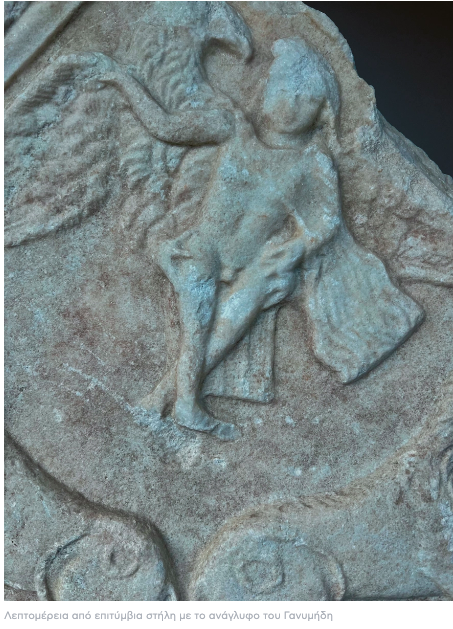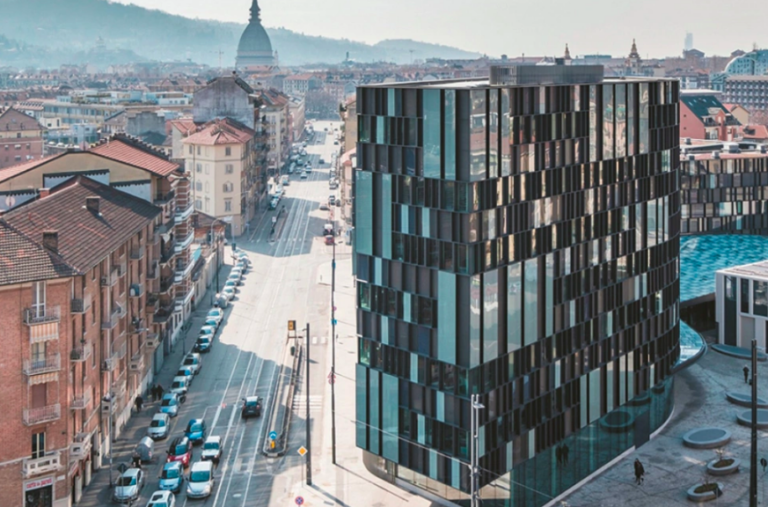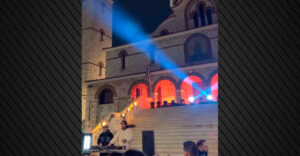The City of Espresso, Chocolate, and the Savoy Kings
Turin, known as both the “Paris” and the “Detroit” of Italy, offers a fusion of industrial prowess and rich history. Upon arrival, visitors are greeted by the towering signs of Lavazza and FIAT, emblematic of the city’s industrial identity.

Turin is also a treasure trove of ancient Greek influences and Byzantine legends, complementing its reputation as home to the second-largest collection of Egyptian artifacts, housed at the Egyptian Museum. Even the Po River, running like a vein through the city, separating industrial suburbs from the historic center, echoes Greek mythology as the Eridanus River, tied to Artemis’ mythological transformations.
Thucydides and Greek Roots
Turin’s beauty, celebrated by writers like Rousseau and Balzac, is understated compared to other Italian cities but no less breathtaking. Its grand parks, imposing statues, and fountains harken back to its aristocratic past as Italy’s first capital. The city’s ties to the House of Savoy from the 16th century to 1860 solidified its reputation for elegance, with landmarks like the “Florian” café, where Nietzsche claimed the world’s heart beat.
Thucydides wrote of the region’s ancient Celtic Ligures, who inhabited Turin long before the Romans. Despite alliances and battles with Hannibal, the Ligures were eventually integrated into the Roman Republic, leaving behind Roman and Hellenistic influences visible in inscriptions, tombstones, and architecture.

Ganymede and Early Christian Influences
Excavations at Lavazza’s Nuvola headquarters revealed treasures such as a pre-Christian basilica built atop a Roman cemetery. Among these finds is a tombstone depicting Ganymede, the beautiful mortal abducted by Zeus in Greek mythology. Ganymede’s story of divine elevation symbolizes eternal life, themes echoed in Roman and early Christian burial rites.
The site also uncovered artifacts tied to St. Secundus, an early Christian martyr and patron of Turin. His basilica, built on a classical-era mausoleum, testifies to the city’s layered religious history, blending Roman and Christian traditions.
The Shroud of Turin
The Shroud of Turin, housed in the Cathedral of St. John the Baptist, is one of the city’s most mystical attractions. Revered in Byzantine times as the Holy Mandylion, it was believed to bear the image of Christ, marked with bloodstains from the Crucifixion. Stolen during the Crusades, it later came into the possession of the House of Savoy and remains a focal point for religious pilgrims.
Coffee, Chocolate, and Imperial Luxury
Turin’s connection to coffee and chocolate is legendary, from its iconic bicerin (a mix of espresso, chocolate, and milk) to its hazelnut-infused gianduja. Visitors can also explore the 22 palaces of the House of Savoy, including the art-filled Galleria Sabauda, blending royal grandeur with Turin’s cultural legacy.
Ask me anything
Explore related questions





